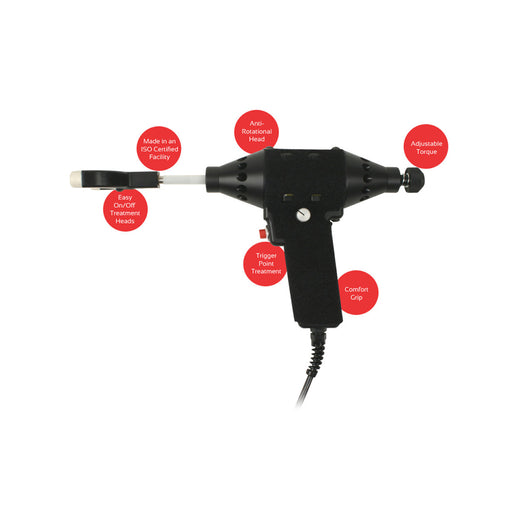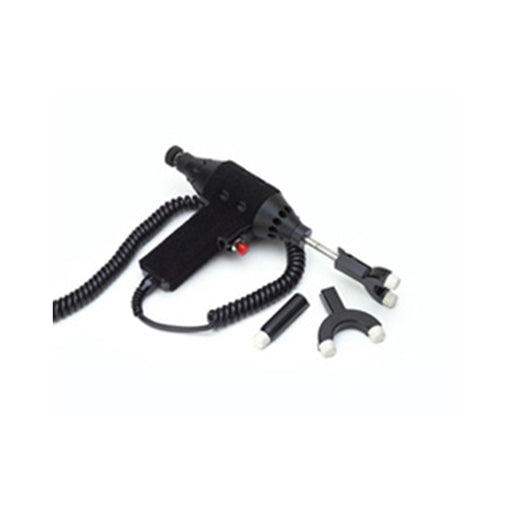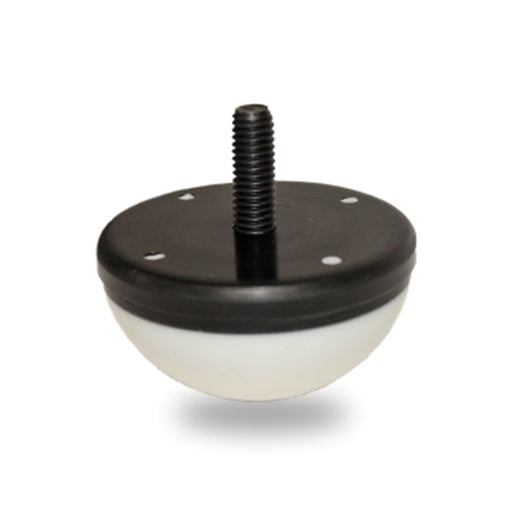UNRAVELING THE CORE TECHNIQUES
A myriad of techniques takes center stage in the realm of chiropractic care. Among them are the Gonstead technique, manual manipulation, drop table, activator, and decompression manipulation. Activator manipulation introduces chiropractic adjustment tools into the equation—tools that administer subtle impulses to the spine. This particular method finds its niche in treating the elderly and individuals grappling with headaches. The remaining techniques, rooted in hands-on precision, expertly exert pressure to realign the vertebrae.
Adverse Outcomes of Chiropractic Adjustments
The safety of chiropractic care's spinal manipulation is widely acknowledged, yet there exist a handful of associated side effects worth noting. One potential consequence is a transient escalation in pain following spinal manipulation. It's crucial to recognize that this discomfort is usually short-lived, lasting only a few hours and can be alleviated temporarily through oral or topical analgesics. Additionally, a subset of individuals undergoing chiropractic care may encounter brief periods of discomfort or muscle stiffness. In some cases, a headache or feelings of fatigue may manifest post-spinal manipulation.
Who might find chiropractic care beneficial?
Individuals experiencing regular back or neck stiffness or pain are encouraged to explore chiropractic care. Those who have suffered from muscle or soft tissue injuries following incidents such as auto accidents, falls, or surgical procedures may discover relief through the anti-inflammatory effects of spinal manipulation. If conventional methods have been ineffective in alleviating pain, considering chiropractic care is worthwhile. In cases where pain relief medications provide only marginal relief, incorporating chiropractic care into your routine could significantly enhance your overall situation.
Chiropractic Care: Addressing Various Conditions
Chiropractic care is often sought after for the alleviation of neck pain, a prevalent condition that can arise from incidents such as auto accidents, slips and falls, or prolonged poor posture. Additionally, sudden neck pain stemming from a pinched nerve can be effectively addressed through chiropractic interventions. Back pain stands out as another common incentive for individuals seeking chiropractic care.
Furthermore, chiropractic adjustments have proven beneficial for an array of other conditions, including but not limited to:
- Chest pain
- Jaw pain
- Sciatica
- Hip pain
- Headaches
- Menstrual cramps
- Muscle strains
The versatility of chiropractic care extends beyond the typical concerns, making it a valuable option for individuals experiencing a range of discomforts.
BENEFITS OF CHIROPRACTIC CARE
Spinal manipulation for pain relief offers several advantages. Integrate chiropractic care a few times per week during early post-injury stages, complementing it with physical therapy or anti-inflammatory medications. Chiropractic care effectively reduces the frequency and severity of headaches, traditionally challenging to treat. It also shows promise in lowering blood pressure, providing a non-invasive option for those at risk of surgical complications. For individuals intolerant to pain relief medication side effects, chiropractic treatment offers minimal and well-tolerated alternatives. As a non-invasive intervention, it's safer for those prone to surgery complications. Additionally, addressing inflammation throughout the body, chiropractic treatment for neck issues may alleviate wrist or elbow pain.
FREQUENTLY ASKED QUESTIONS
What kinds of instruments do chiropractors employ?
Undoubtedly, the primary tools in a chiropractor's arsenal are their own hands. Nevertheless, a pivotal component in many chiropractic treatment protocols is the chiropractic adjusting tool. This handheld, spring-loaded device plays a crucial role in realigning vertebrae, particularly within the framework of the Activator Method. To enhance the comfort of the adjustment process, practitioners utilize a chiropractic adjustment tool equipped with palm and finger pads. Alongside these, essential tools in a chiropractic setting encompass computers featuring a cloud-based electronic health records (E.H.R.) system for meticulous recordkeeping, a digital X-ray machine for diagnostic purposes and spinal alignment assessments, and specialized chiropractic tables.
Which brand of adjusting tool do most chiropractors favor?
The Activator® brand typically claims the top spot in rankings for chiropractic adjustment tools. Devised by Dr. Arlan Fuhr, DC., the Activator® I Adjusting Tool With Palm and Finger Pads stands out as a cordless, high-speed, low-force adjustment tool that consistently releases electronic pulses with a single button press. Consequently, it precisely administers therapeutic treatment for spinal and extremity injuries. The original Activator® I pioneered this type of instrument, and to this day, it remains the favored choice of numerous chiropractic professionals. Boasting a lightweight build with variable settings, adjustable extensions, and ergonomically designed handles, it continues to be a staple in the toolkit of chiropractors.
What distinctions exist among the different iterations of the Activator adjustment tool series?
Currently, there are five versions of the Activator® adjustment tool. The original Activator® 1 serves as a handheld device enabling practitioners to administer high-speed, low-force adjustments in an anvil-style motion with precision. Expanding on these capabilities, the Activator® II Chiropractic Adjusting Instrument, featuring Palm and Finger Pads, not only provides similar advantages but also offers adjustability to cater to pediatric, geriatric, and small-framed patients. Subsequently, the Activator® IV distinguishes itself from its predecessors by incorporating an extended range of force settings (1-4), specifically designed for targeting four distinct areas of the spine.
Conversely, the Activator® V retains the benefits of its antecedent models but adopts a gun-shaped configuration that generates electronic thrust at the push of a trigger-like button. This innovative feature serves to alleviate stress on the hands of healthcare professionals.
How exactly does a chiropractic adjustment tool operate?
The chiropractic adjustment tool plays a crucial role in the activator method, delivering swift, low-force impulses to a specific area of the patient's spine. By precisely targeting the force, practitioners avoid adding undue torque to the patient's joints. The treatment commences at the lower part of the spine and concludes at the base of the skull. Throughout the process, chiropractors strategically utilize the activator adjustment instrument, ensuring it never directly impacts the joint or surrounding tissues. Consequently, patients typically experience a tapping sensation, a painless response resulting from the rapid delivery of low-force—so rapid that muscles don't have the opportunity to spasm.






